
To clarify this further, Nhan Dan Newspaper reporter had an interview with Deputy Minister of Culture, Sports and Tourism (VHTTDL) Ta Quang Dong.

Scenes from the special performing arts programs of the 5 theaters under the Ministry of Culture, Sports and Tourism that are being merged this time.

Unify to spread the essence - revitalize art
Reporter: It is known that the Government has issued a decision to merge a number of Theater units under the Ministry. Could you please tell us the progress and goals of this merger?
Deputy Minister Ta Quang Dong: On June 24, 2025, the Prime Minister issued Decision No. 1270/QD-TTg on the list of public service units under the Ministry of Culture, Sports and Tourism (MCST).
Accordingly, the 3 Vietnamese Cai Luong, Vietnamese Cheo, and Vietnamese Tuong Theatres merged into the Vietnam National Traditional Theatre. In addition to the function of staging and performing traditional arts (cheo, tuong, and cai luong), the Theatre also has the task of preserving and developing traditional Vietnamese arts.
The Viet Bac Folk Music, Dance and Dance Theatre and the Vietnam Music, Dance and Dance Theatre merged into the Vietnam National Music, Dance and Dance Theatre; with the function of performing music, dance and dance arts; collecting, preserving and developing traditional folk music, dance and dance arts of Vietnamese ethnic groups.

Vietnam Tuong Theatre, one of the "precious gems" of national art, will have the opportunity to develop more strongly in this merger.
Based on the Prime Minister's Decision, the Ministry of Culture, Sports and Tourism has been implementing each step carefully, scientifically, and with a specific roadmap. The Ministry has reviewed and evaluated the current situation of the organization, quality, scale, human resource structure, creative capacity, performance organization, etc. of each theater. The goal is not to let the artistic identity fade away, but to create conditions for art forms to support and complement each other.
The merger and consolidation of Theaters is part of the overall policy of reforming the organization of public service units in the field of culture and arts with the goal of " not merging to erase identity, but unifying to spread the quintessence - regenerating new vitality for traditional Vietnamese art ".
The merger also aims to ensure streamlining of the organizational apparatus , improving the effectiveness and efficiency of management according to Resolution 19/NQ-TW and decrees on innovation of public service units. That is to eliminate overlapping functions and tasks between theaters; shorten management points, reduce indirect staff, increase professionalism in operations; strengthen the allocation of resources (human, financial, material) in a reasonable manner, avoid waste; move towards a modern, flexible management model, suitable in the context of digital transformation and international integration.

Special performance "Thi Mau goes to the pagoda" by Vietnam Cheo Theater.
Maximize resources, improve the quality of artistic activities of each theater: folk, music and dance, traditional, modern... to create a unit with the capacity to produce large-scale performances, reaching regional and international levels; improve artistic quality through the coordination between artists, directors, and choreographers with in-depth expertise from many theaters.
Another goal is to preserve and promote traditional artistic values that are at risk of fading away; maintain the identity of each art form through specialized performing troupes; move towards a model of "preservation combined with development", preserving the essence but innovating the way of expression, expanding the audience. Linking activities of preserving and promoting traditional artistic values with tourism development, cultural education and national branding.

Scene from a performance of the Vietnam Opera House.
In addition, it promotes the autonomous mechanism, creating an art unit with a large enough scale to socialize performance activities, attract sponsorship, sell tickets, and promote professional communication. Limit the situation of small theaters, dependent on the State budget, and operating ineffectively.
The merger also aims to enhance competitiveness and adaptability, creating a modern theater model capable of professional art production, performance and business; flexibly adapting to globalization trends, cultural integration and changes in public tastes; moving towards a "multi-functional - autonomous - creative - integrated" model instead of operating in a subsidized and stagnant manner.
Reporter: What are the advantages and difficulties in the merger process, Deputy Minister?
The first advantage in the process of merging the Theaters is that the State is promoting the restructuring of public service organizations according to the Central Resolution and the Prime Minister's Decision. The national plans on culture and sports (2021-2030, vision 2045) have created a legal basis and clear direction for the merger, helping units easily implement according to a unified plan, opening up long-term development opportunities, elevating the Theaters to become cultural institutions with great influence.
Merging theaters brings a number of advantages, such as increasing organizational efficiency, saving resources: streamlining staff, management apparatus, reducing duplication of functions; optimizing finance, facilities, and human resources between units; and easier mobilization of socialized resources for a larger merged unit.
Merging theaters also brings opportunities for diverse and rich artistic development such as combining the artistic strengths of each theater; sharing resources, facilities, personnel and experience, creating a unit with the capacity to produce large programs, reaching national and international levels.
In addition, theaters also have the motivation to innovate management and creative thinking, such as promoting leaders and artists to shift from administrative thinking to creative, market thinking; increasing opportunities for exchange and cooperation between groups of artists with different styles.

One of the special performances of the Vietnam Music, Dance and Song Theater performed at the 75th Anniversary of President Ho Chi Minh's call for patriotic emulation.
The merger of art units is a major, correct policy and in line with the requirements of administrative reform and improving the quality of cultural institutions in the new era. However, this is not an easy process. To be successful, it is necessary to implement each step firmly, with synchronous solutions in policy, personnel, financial mechanism and orientation of art development.
The Ministry of Culture, Sports and Tourism has identified this as a major and important task, so it needs to be extremely cautious, focusing on artists and artistic effectiveness; the merger is not only to reduce the number of units, but is also an opportunity to restructure, upgrade and professionalize public theaters, bringing Vietnamese performing arts closer to modern organizational models in the region and the world.
Changing the organizational structure, tasks, and job positions can easily create confusion among staff and artists. Many artists will worry about duplicate positions, being downsized or transferred because they are not ready to change their working environment; there is competition in appointing leaders, crew leaders, directors, etc.

Performance by the Viet Bac Folk Music, Dance and Singing Theater.
Regarding operating conditions, there are also certain differences because some theaters are located in Hanoi, while others are in mountainous areas (limited in terms of facilities and public access); there is a risk of forgetting regional identity if there is a lack of a strategy to preserve traditional artistic values (Tuong, Cheo, Cai Luong), local artistic values (Viet Bac folklore will be obscured in the general flow)...
In the immediate future, the Ministry of Culture, Sports and Tourism has solutions such as:
Maintain specialized art troupes, do not "mix" artists to preserve the identity of each type (Cheo art troupe, Tuong art troupe, Cai Luong art troupe under the Vietnam National Traditional Theater; Sac Viet traditional art troupe under the Vietnam National Music, Dance and Singing Theater).
Urgently develop and approve job positions; strengthen leadership and management; focus on resolutely, seriously and effectively implementing policies and regimes for civil servants and employees who quit their jobs due to organizational reorganization, in order to streamline the payroll, restructure and improve the quality of the Theater's staff after reorganization.
Organize retraining to improve professional skills for artists and staff according to the new model; preserve intact the typical performances of each Theater in the form of digital documents; build separate media channels for traditional art: YouTube, Facebook, Website; integrate folk art materials into modern programs to attract young audiences.

Unblocking Stifled Creative Flows
Reporter: According to the Deputy Minister, in the context of fierce competition in the current entertainment market, what significance does the merger to form a system of national art units have for the development of the country's culture and art?
Deputy Minister Ta Quang Dong: Pursuant to Resolution No. 33-NQ/TW dated June 9, 2014 of the 11th Party Central Committee on building and developing Vietnamese culture and people to meet the requirements of sustainable national development and the directions of the Secretariat, the Politburo, headed by the General Secretary; the decisions of the Government and the Prime Minister to emphasize the need to " strongly innovate the organization and operation of public art units ".
I see that, in reality, showbiz, game shows, digital platforms, social networks... have been and are creating countless forms of "fast entertainment" that fiercely compete with traditional art. If theaters do not transform, professionalize, increase their appeal, and change their management methods, they will be pushed out of the contemporary art stream.
Merging the Theaters means sharing creative resources (choreography, directing, music, costumes, etc.); allowing the staging of large, cross-genre plays on a scale equivalent to musicals, allowing audiences to enjoy more diverse and vibrant art programs.
Synergy - convergence - upgrading - restructuring is an inevitable step to concentrate resources and improve quality. The Ministry of Culture, Sports and Tourism has determined that the merger is not a mechanical merger, " merging for compactness " , but " gathering to rise up " , a comprehensive restructuring process, in which people are the central factor. We focus on ensuring the legitimate rights of the artist team, building a reasonable, interconnected and flexible organizational model, while encouraging creativity, developing young talents, and preserving traditional artistic identity in a new, more modern and effective structure.
This process also poses many challenges, from harmonizing artistic styles, internal solidarity, to rearranging work positions for the team. However, with the consensus and efforts from managers and artists, we believe that this will be the right step, contributing to raising the level of the country's performing arts in the current period of deep integration and global cultural competition.

There are difficulties, especially in reconciling units with different histories, cultures and working styles. But it is precisely in these challenges that the need for innovation in leadership thinking, organizational models and operating methods arises.
Our consistent view is: art not only needs to be preserved, but must be "alive" in conditions of development. Merging is not to lose identity, but to open up creative flows that are being stifled by the old mechanism, so that each artist has a suitable space for artistic creation and so that the country's art scene has stronger, more breakthrough footholds in the new period.
We believe that, with a systematic approach, focusing on artists, taking artistic quality as the goal and social effectiveness as the measure, this merger will not only help elevate current art units, but also be an important driving force to promote sustainable development and deep integration of Vietnam's performing arts in the future.
Reporter: In the role of "midwife" in the coming time, how will the Ministry support theaters, especially the National Traditional Theater, so that they no longer have the "weak" situation like before?
Deputy Minister Ta Quang Dong: The merger of traditional theaters such as Tuong, Cheo, and Cai Luong into a Vietnam National Traditional Theater is not only a solution in terms of organizational structure, but also a strategic step to create a "national art institution" strong enough in terms of human resources, financial resources, and development vision to preserve and promote the values of traditional art in the context of increasingly deep international integration and the unprecedented development of digital technology, artificial intelligence, and digital media.
As the governing body and "midwife" of traditional art forms, the Ministry of Culture, Sports and Tourism will synchronously deploy many solutions to create conditions for traditional art forms to continue to develop and especially to reach and suit the tastes of today's youth.
The Ministry focuses on direction, restructuring and investment with focus and key points . The merger helps reduce management points, avoids dispersion of resources and allows the Ministry to focus on in-depth investment in high-quality, aesthetically oriented art programs.
The Ministry will build "major projects" to restore classic plays, upgrade performance equipment, stages, and costumes, and have special investment policies for new works based on traditional materials.

Merge the Viet Bac Folk Music, Dance and Singing Theatre into the Vietnam Music, Dance and Singing Theatre to form the Vietnam National Music, Dance and Singing Theatre.
Prioritize the discovery, nurturing, and training of young human resources who are full of aspirations to contribute and are trained and passed on their profession systematically and thoroughly . This is a vital task for traditional art theater. Because in reality, in all 3 Central traditional theaters (Cheo, Tuong and Cai Luong), through reviewing the number of young artists and actors (under 30 years old) is currently accounting for a very low percentage in the 3 traditional theaters (under 10-15%), especially Tuong artists and actors, for the past 4-5 years, no new actors have been recruited. Strive for the proportion of young human resources to increase to at least 35-40% by 2030.
Accordingly, the Ministry of Culture, Sports and Tourism will continue to promote training through professional art schools, encourage the model of artists-artisans "passing on their profession" and training the next generation of actors through scholarships and training orders; implement a mechanism to search for talents through competitions such as: "Traditional Stage Star"... Implement a model of association between "Theaters, training facilities and businesses", in which the Theatre and training facilities play the role of searching, discovering, training, fostering and passing on the profession; businesses play the role of "midwives" in terms of finance and resources.
Applying new technology and media, implementing digitalization programs, bringing traditional arts to digital platforms (YouTube, TikTok, digital culture apps), and at the same time building more creative and attractive media products to bring traditional arts to young audiences. Cooperating with technology companies and creative start-ups to create products that combine tradition and modernity, preserving the original spirit but with new ways of expression. Organizing major cultural events such as festivals, national and international traditional art festivals to enhance the status of these types; bringing traditional plays abroad to promote Vietnamese culture, and at the same time learning from preservation experiences from other countries.
Organize flexible performance stages, expand audiences such as mobile performances to schools, industrial zones, remote areas, participate in international cultural exchange programs. Build a coordination mechanism between the Theater and tourism units, schools, community cultural centers to create long-term audiences.
The Ministry of Culture, Sports and Tourism will continue to advise on perfecting the policy of ordering traditional art products in a stable, long-term direction, with a mechanism to evaluate the quality and effectiveness of social impact. Pay special attention to the lives of artists, especially senior artists and local artists, through policies on allowances, rewards and worthy honors. The Ministry plays the role of both manager and leader, creating conditions for traditional art to not only be preserved but also to develop strongly in the context of modernization. The combination of protecting cultural identity and innovation will help Tuong, Cheo, and Cai Luong find a solid foothold in the hearts of the public, especially the younger generation, while also fighting against the dominance of modern art forms.

The core objective of the merger is not to "summarize", but to perfect the internal organizational model of the Theater with reasonable, refined, and compact components and structures, but must be effective, efficient, and efficient; improve the quality of management and administration of traditional arts in an increasingly modern, professional, and humane direction; improve the quality of performances, develop the artist team, and define more clearly and deeply the position of traditional theater in the contemporary cultural flow.
The State will be a solid foundation so that the quintessence of national art will not fade away but continue to spread and permeate deeply into social life. Thereby, creating a national traditional art institution, a complex multi-form, rich in identity, a solid foundation for the sustainable development of Vietnamese Tuong, Cheo and Cai Luong arts - the three major streams of national theater in the era of striving for prosperity, wealth, democracy, fairness, civilization, prosperity and happiness of the nation.

Breakthrough in development thinking, Ministry of Culture, Sports and Tourism continues to play the role of "chief architect"
Reporter : In the new era, in order for the Ministry's Theaters to truly exist and develop as expected, in your opinion, what short-term and long-term solutions should the functional units as well as the Theaters themselves have ?
Deputy Minister Ta Quang Dong: This is a big question, requiring us to have a comprehensive and dialectical perception and perspective in both theory and practice to deploy synchronous, scientific and practical solutions. In the immediate future, we will focus on directing a number of contents.
First, there must be a breakthrough in development thinking . Theaters need a new mindset, a new approach and a systematic development roadmap, combining short-term solutions and long-term strategies. Theaters are not only places to stage and perform plays, but also need to become centers of cultural creation, places to preserve traditional artistic values, reflect the spirit of the times and contribute to shaping the aesthetic tastes of the public. This requires restructuring the operating model towards multi-functionality, flexibility and adaptability to new requirements.

Merge the Vietnam Cai Luong Theatre, Vietnam Cheo Theatre, and Vietnam Tuong Theatre into the Vietnam National Traditional Stage Theatre.
Second, after the merger, it is necessary to quickly stabilize the organization , clearly define the functions of each department, avoid overlap, and at the same time build a flexible and dynamic management model. Carefully select plays that are both national and contemporary, with enough power to spread throughout society and reach out internationally.
In addition, from production to distribution of art products , it is necessary to apply technology to reach new audiences, especially the young generation - the audience that is shifting strongly to the digital space.
In addition, expand cooperation with businesses, organizations and individuals with the same vision to diversify capital sources and increase professionalism in art production activities.
Another important thing to do is to expand aesthetic education, bring art into schools , organize community performances, and promote widely... to form an audience that understands and loves true art.
Theaters also need to overcome the mindset of "public performing agencies" to fully participate in the chain of creation - production - communication - distribution - commercialization of artistic products, contributing to the development of the national cultural economy and becoming an important link in the development of cultural industries.

In addition, the Ministry of Culture, Sports and Tourism continues to play the role of "chief architect" in orienting policies, allocating resources, removing mechanisms, and creating conditions for theaters to promote their strengths. Specialized departments and divisions need to shift from administrative management thinking to accompanying, advising and supporting creativity.
Eighth, the development of theaters does not only depend on artistic talent or investment resources, but more importantly, on attracting artistic talent, innovative thinking, modern operating models and systematic development strategies . Theaters must become dynamic entities in the cultural and creative ecosystem, not only preserving heritage, but also contributing to leading national culture.
The journey ahead is not easy. But with a deep awareness of its historical mission and imbued with the viewpoint: "Culture is the foundation - Sports is strength - Tourism is the connecting bridge - Press and publishing are the conduits of knowledge, connecting trust" ; on that basis, each theater, each art field, first of all, the leader will have to work and labor with a more determined mindset, a greater desire to contribute, more creative to raise its position and prestige. More than ever, performing arts and especially traditional theater need strategic attention and investment, a companionship with heart, vision and courage.

It is time for us not only to preserve cultural memories, but also to breathe new life into them, a new stature, so that performing arts are not only the “glorious past” but also the “shining future” of Vietnamese culture. “Performing arts are the crystallization of thousands of years of cultural quintessence, the wisdom of our ancestors, the voice of the nation, the light of the Vietnamese soul” - the mission of today's generation is to inherit, renew and spread that value with new thinking, new actions, new institutions, new organizational models, new people, towards new products - suitable for the new era - identity, modernity and integration.
Production organization: Hong Minh
Content: Kim Thoa
Presented by: Kim Thoa
Photo: Provided by the Ministry of Culture, Sports and Tourism
Published on: July 17, 2025
Nhandan.vn
Source: https://nhandan.vn/special/sapnhapcacnhahatthuocbovhttdltaotamvocvatuonglaimoichonghethuat/index.html


![[Photo] Prime Minister Pham Minh Chinh chairs the second meeting of the Steering Committee on private economic development.](https://vphoto.vietnam.vn/thumb/1200x675/vietnam/resource/IMAGE/2025/11/01/1762006716873_dsc-9145-jpg.webp)

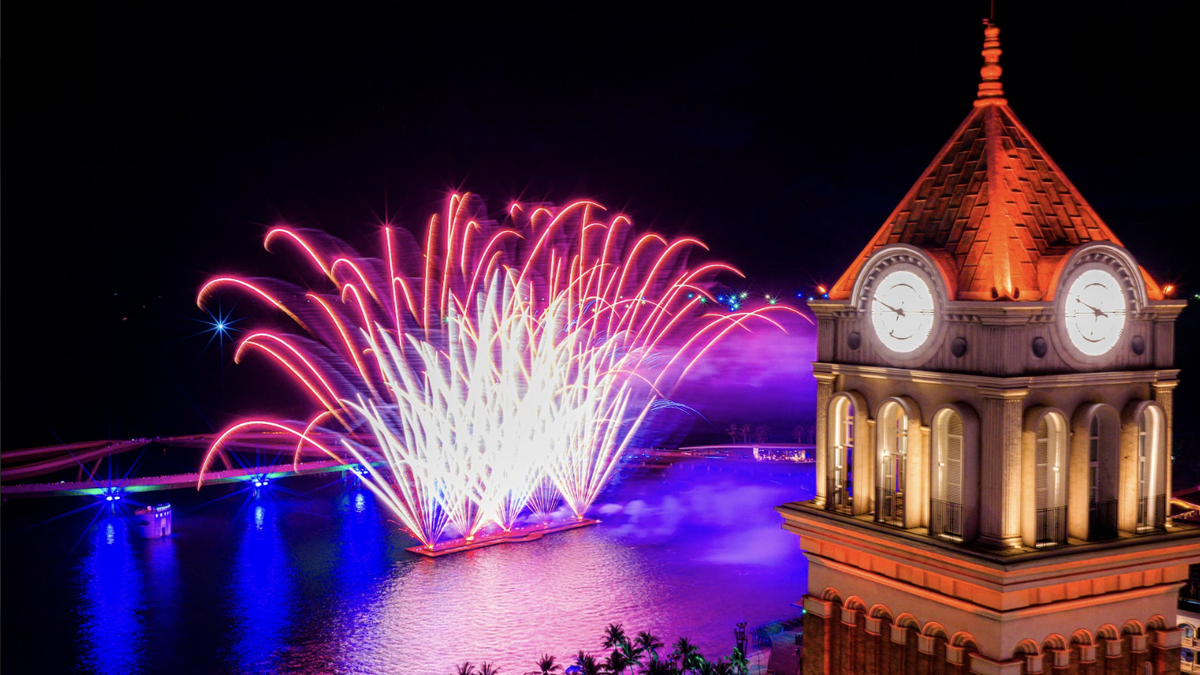
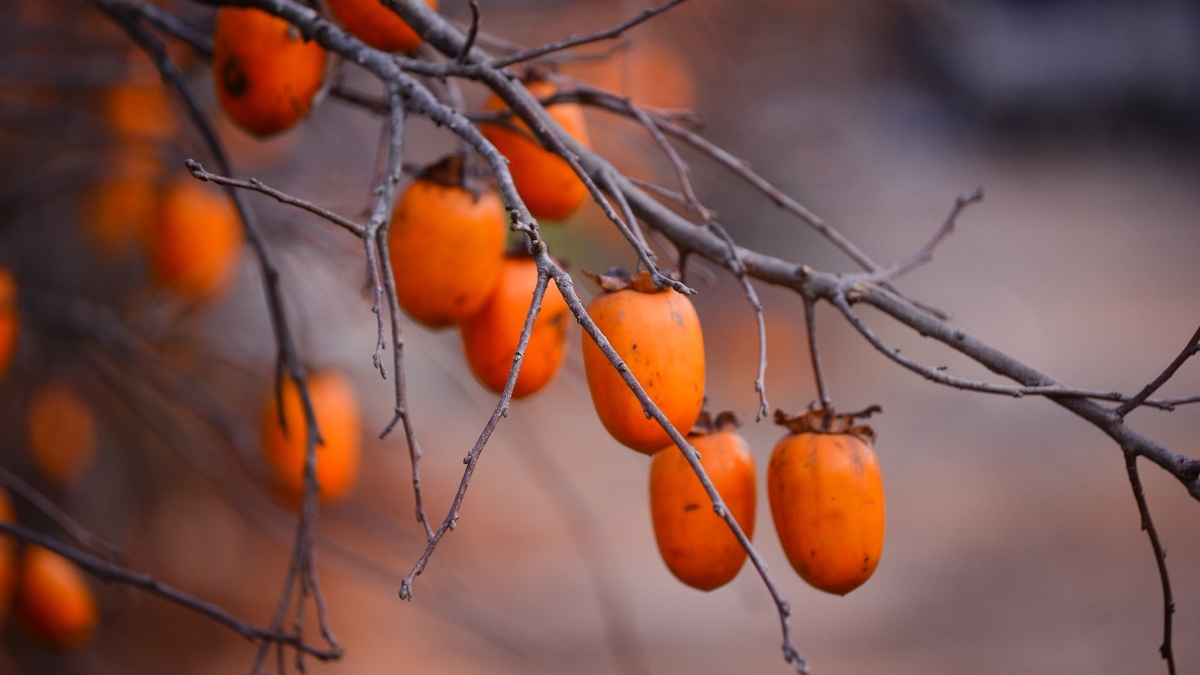


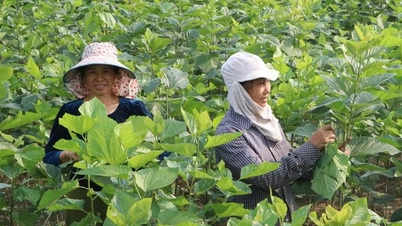



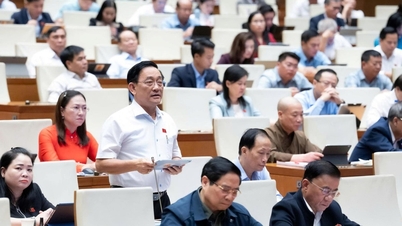

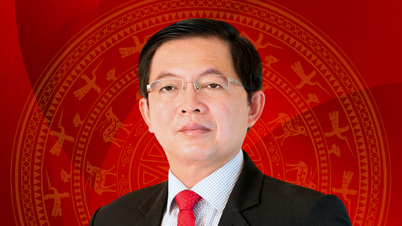

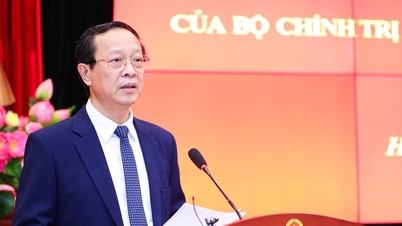



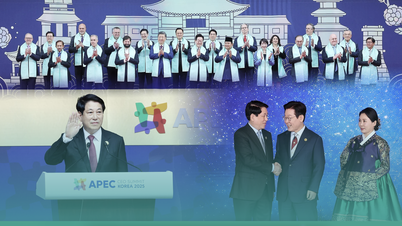
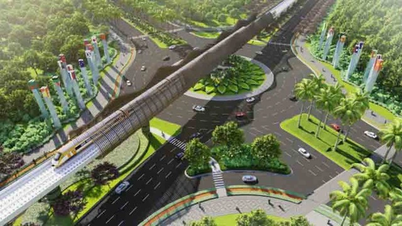

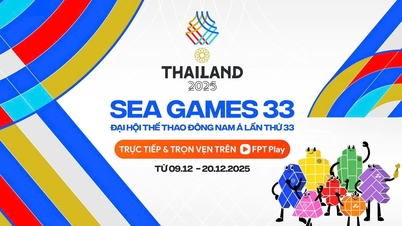

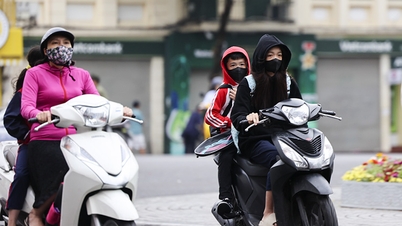

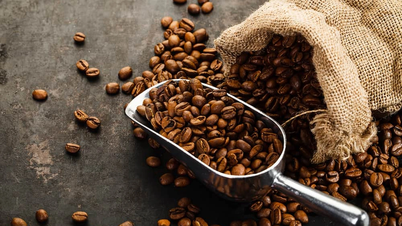





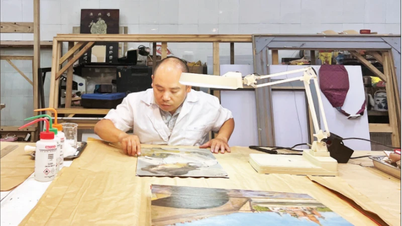

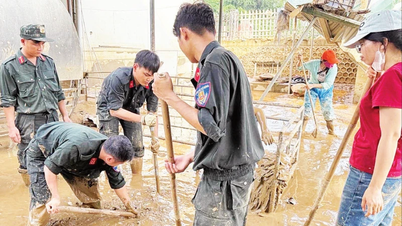

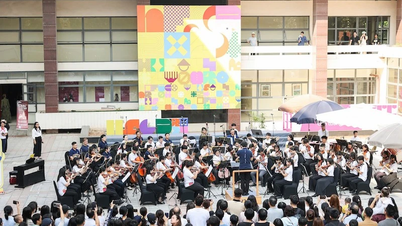


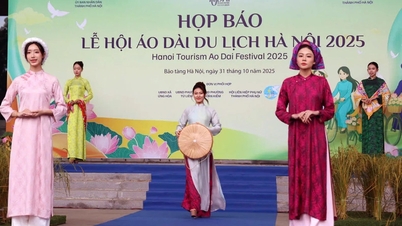

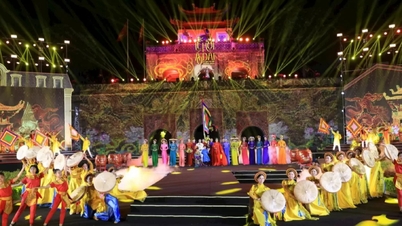

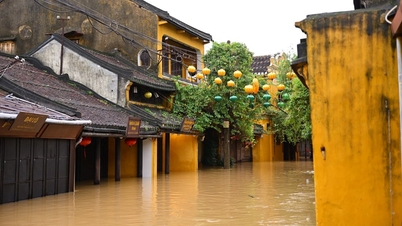
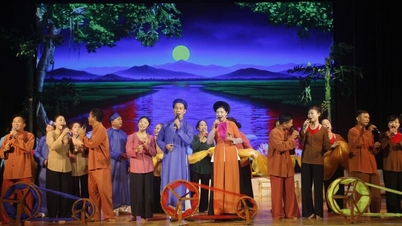

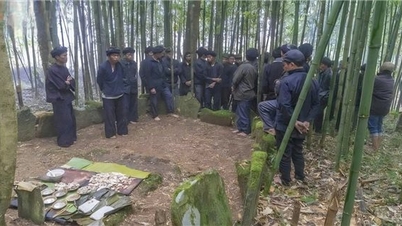

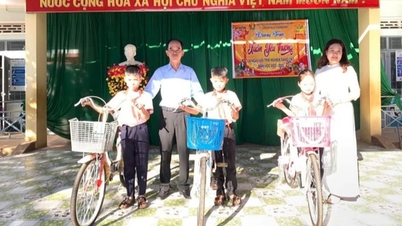

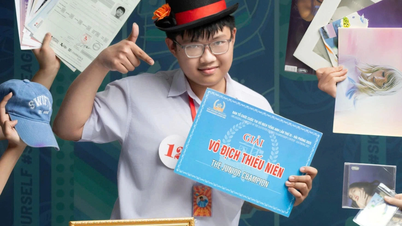
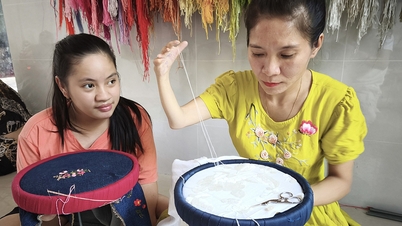
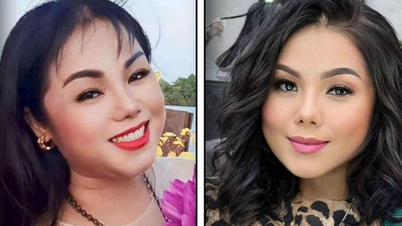
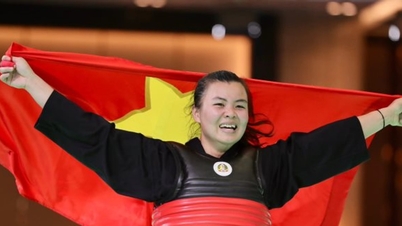

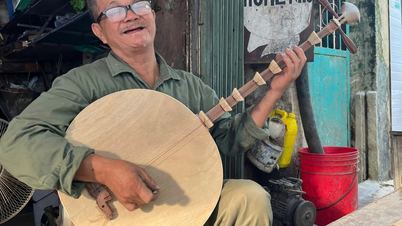

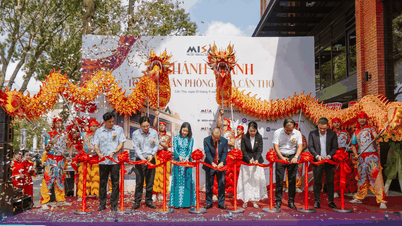

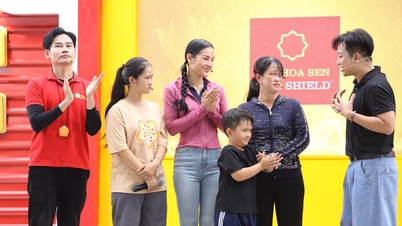
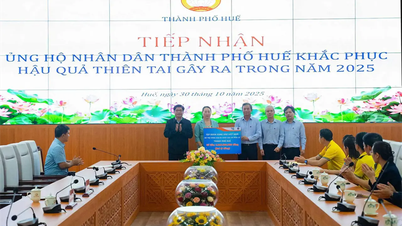
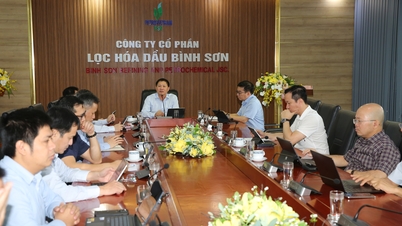
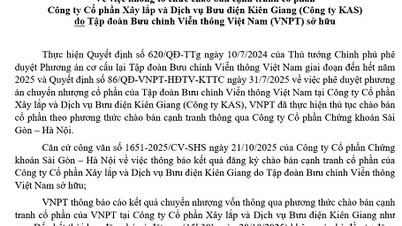





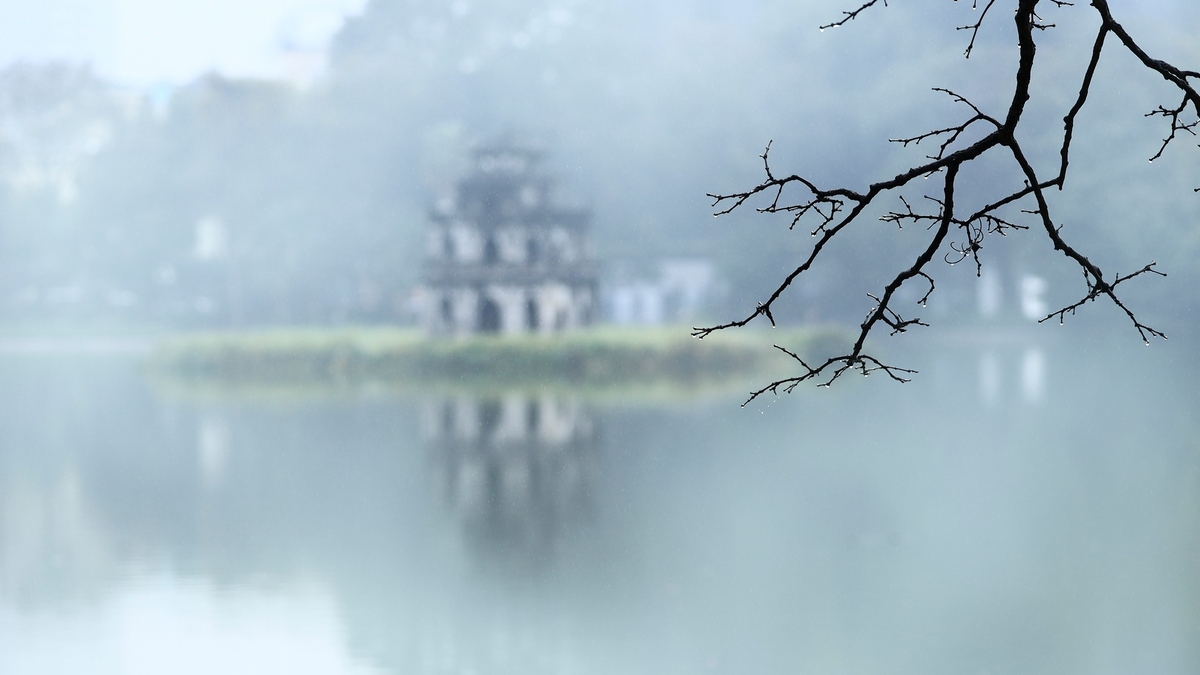

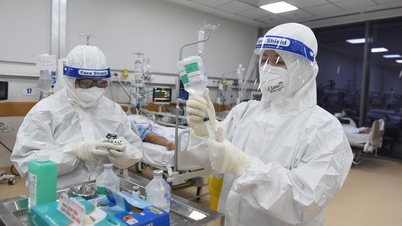
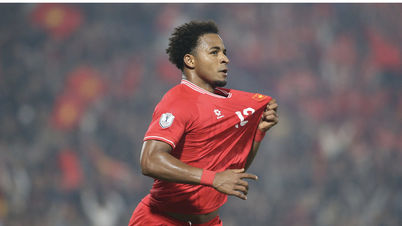
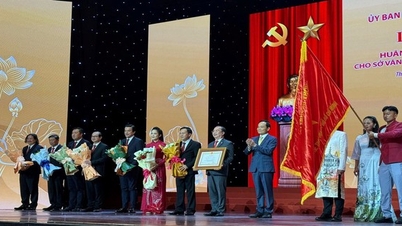
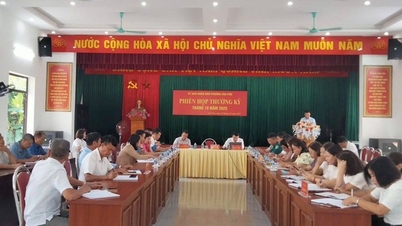

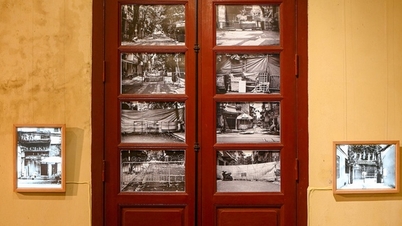


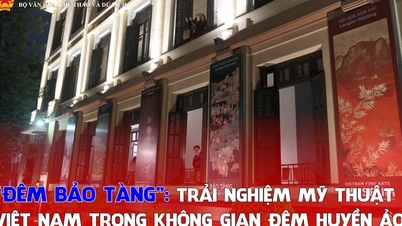
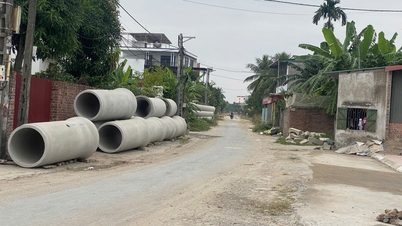

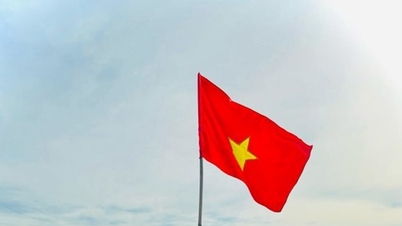

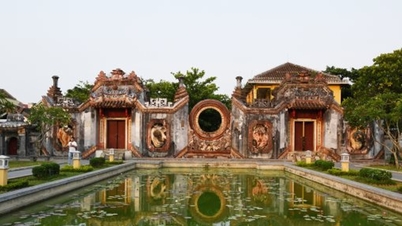
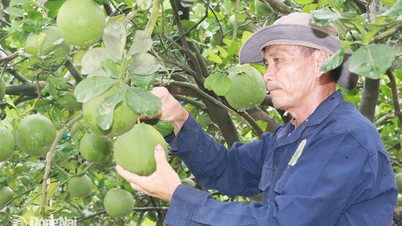

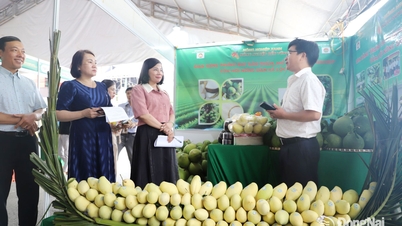
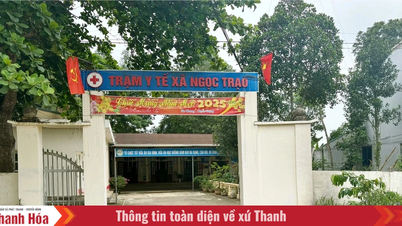

















Comment (0)